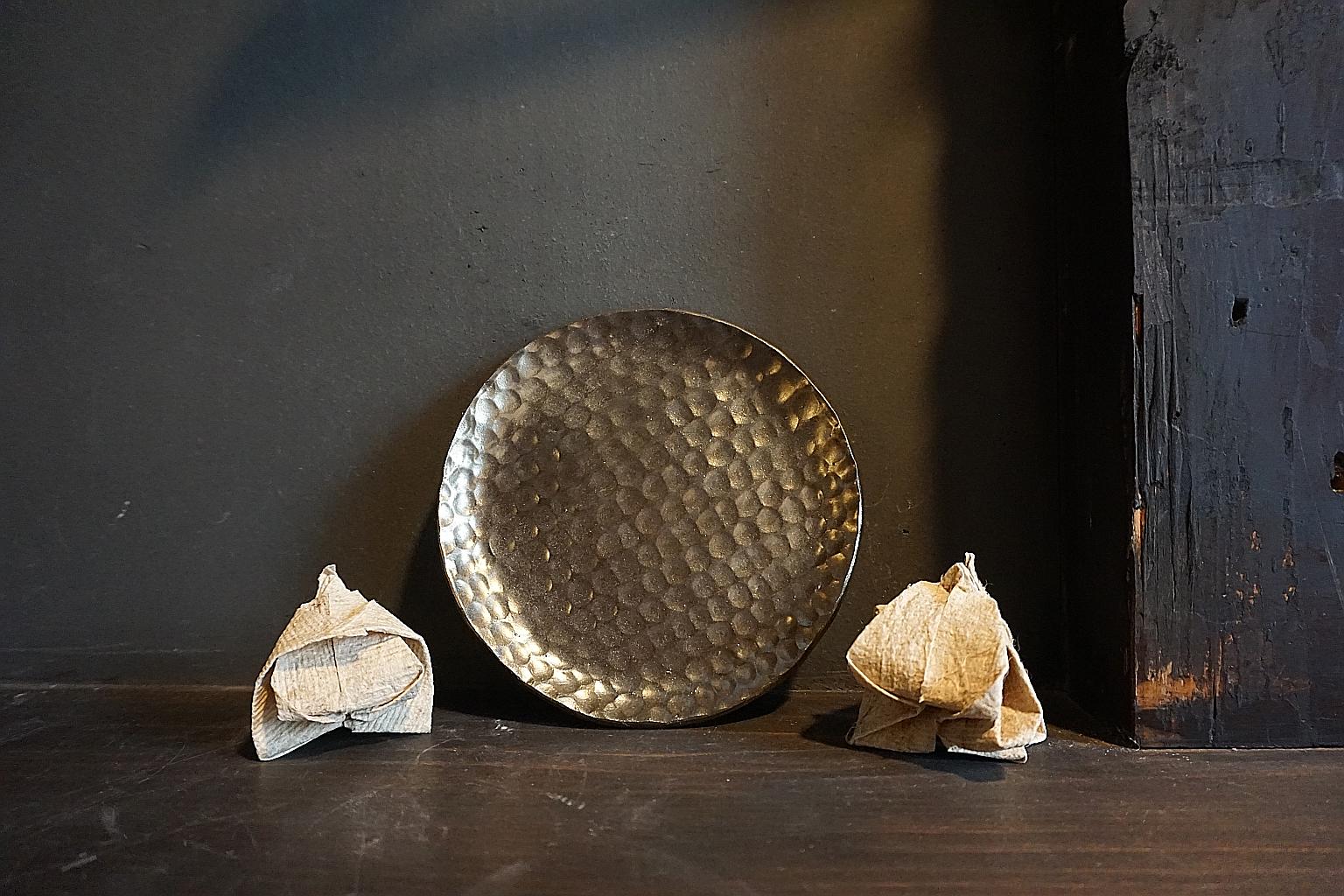For subscribers
Japanese doll festival rooted in rituals for good health
Sign up now: Get ST's newsletters delivered to your inbox

Origami dolls set up to celebrate Hina Matsuri at the BenTen Residences, a pair of old Kyoto townhouses restored as travel accommodation. Displays for the Doll Festival are often elaborate, but simple paper dolls point to the roots of the festival, which originated partly from purification rituals.
PHOTO: JANICE TAY
Janice Tay
Follow topic:
In old Japan, April would have been the time to set dolls adrift.
People would have rubbed a paper doll all over their bodies, especially the parts in pain, blown a breath into the doll, then cast it into a river or the sea. The doll, which would have had a human shape, was meant to take away whatever ailed each person.

